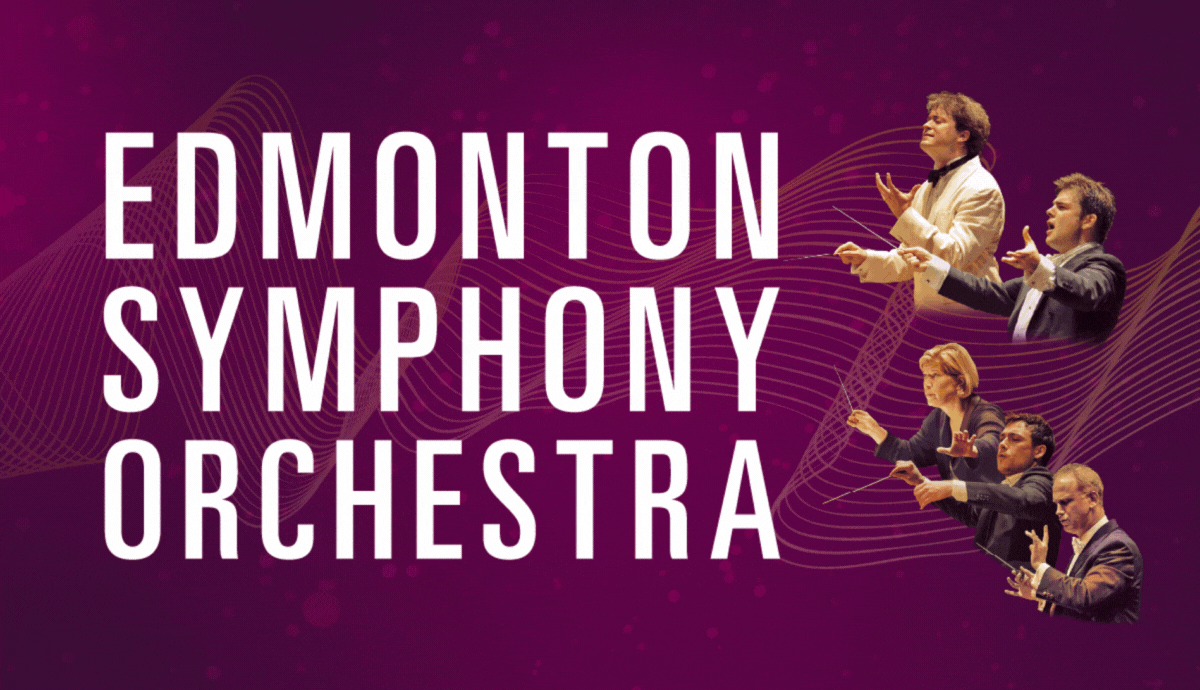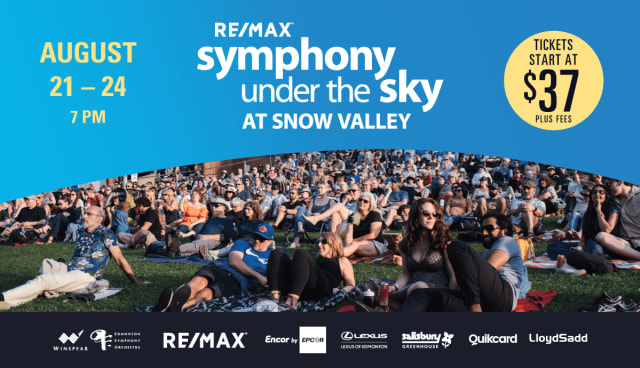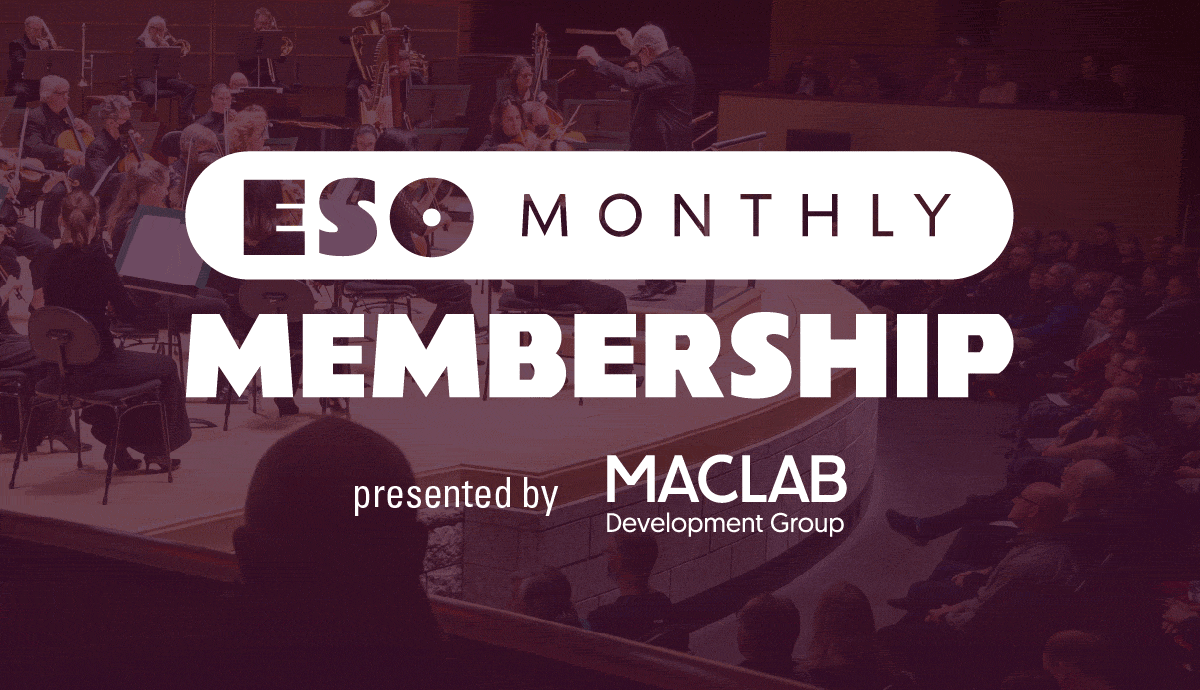The Legendary Story Behind Gershwin’s Rhapsody in Blue
February 5, 2024

By D.T. Baker
The place that George Gershwin’s Rhapsody in Blue holds in American culture is hard to overstate, especially as 2024 marks the 100th anniversary of the work’s premiere. The story of the work’s creation is timely – and rightfully – the stuff of legends and is worth revisiting.
In the early 1920s, Gershwin was on the verge of becoming a Broadway musical sensation. His 1919 song “Swanee” had been a huge hit, and some early stage shows had put him on the radar of a number of important musical figures. In particular, his unique ability to combine western art music tradition with the new American phenomenon of jazz set him apart from many other contemporary composers. The famous big band leader Paul Whiteman had casually suggested to Gershwin that George should write a “jazz concerto,” further cementing the link between the two worlds of music. Whiteman and Gershwin had already collaborated for the Broadway revue The Scandals of 1922. Gershwin thought it was a neat idea but declined the offer. But he didn’t decline obviously enough, apparently.
On January 3, 1924, George was playing pool with lyricist Buddy DeSylva. Their game was interrupted when Gershwin’s brother Ira (who would become the lyricist of so many of George’s future shows), read an article from the New York Tribune which quoted Whiteman as saying that a new jazz concerto composed by George Gershwin would be featured at a concert to be held at the Aeolian Hall in time for Lincoln’s birthday – which was only about six weeks away. The whole point of the concert, which was called An Experiment in Modern Music, was to bridge jazz and classical music – a vital step in the creation of a truly American strain of western art music.
Gobsmacked to say the least, George got in touch with Whiteman, who somehow managed the miraculous feat of persuading Gershwin to actually create such a work. Apparently, a rival band leader, Vincent Lopez, was also planning a similarly programmed concert, so Whiteman desperately wanted to get his done first. Gershwin later claimed that it was a train journey from New York to Boston that provided a vital step in the creative process. Those familiar with Rhapsody in Blue will certainly recall the chugging rhythm which forms a key element of the piece. Gershwin wrote:
“It was on the train, with its steely rhythms, its rattle-ty bang, that is so often so stimulating to a composer ... I frequently hear music in the very heart of the noise. And there I suddenly heard – and even saw on paper – the complete construction of the rhapsody, from beginning to end. No new themes came to me, but I worked on the thematic material already in my mind and tried to conceive the composition as a whole. I heard it as a sort of musical kaleidoscope of America, of our vast melting pot, of our unduplicated national pep, of our metropolitan madness. By the time I reached Boston I had a definite plot of the piece, as distinguished from its actual substance.”
Still, there was simply not enough time. Gershwin madly dashed off a score in a two-piano arrangement, calling the piece American Rhapsody before Ira suggested Rhapsody in Blue. Whiteman’s big band arranger, Ferde Grofé, took Gershwin’s manuscript score and created an orchestration for an enlarged big band, finishing it only days before the concert.
Grofé’s original scoring was for a modest orchestra of 23 musicians – unusual for a modern symphony orchestra, but a respectable jazz band. The scramble to get the work ready in time necessitated that Gershwin improvise much of the solo piano for the concert – nodding at the anxious musicians when he reached the end of his solo passages, so they had at least an idea of when to come back in. The work was a triumph at what was largely a middlingly successful concert, and in short order, Rhapsody in Blue received performances across Europe and North America. Today, it is certainly among the most often-performed American concert works ever written, and it has rightly taken its place, exactly as Paul Whiteman had intended it, as one of the first true marriages of American musical style and European artistic tradition.
William Eddins, Music Director Emeritus of the Edmonton Symphony Orchestra, is a huge Gershwin fan, and loves Rhapsody in Blue. In particular, he has championed the original jazz orchestra version of the work – which was later re-orchestrated for a more standard symphony orchestra and is normally presented in the latter orchestration. Bill conducted and performed the solo piano role in the original jazz orchestra version twice during his tenure with the ESO. He returns to do it again on March 1 and 2, at an all-Gershwin Robbins Pops concert celebrating the work’s 100th birthday. The concert also features some of the Gershwin brothers’ greatest songs, with Denzal Sinclaire returning to the Winspear stage as a vocalist.
What else is there to say about the inaugural performance of Rhapsody?
“Everyone showed up that night because they knew something was going to happen – Rachmaninoff, Kreisler, Stravinsky, etc. – and they weren’t disappointed,” says Bill Eddins. “This is the moment when music changed forever, and American music came to the fore. A hundred years later and the piece is still fresh and vibrant, even though it’s a time capsule of the Roaring ‘20s. A hundred years from now we shall be saying the same.”
Your Edmonton Symphony Orchestra performs Gershwin, By George – Rhapsody in Blue’s 100th on March 1 & 2, 2024. Get your tickets here.



